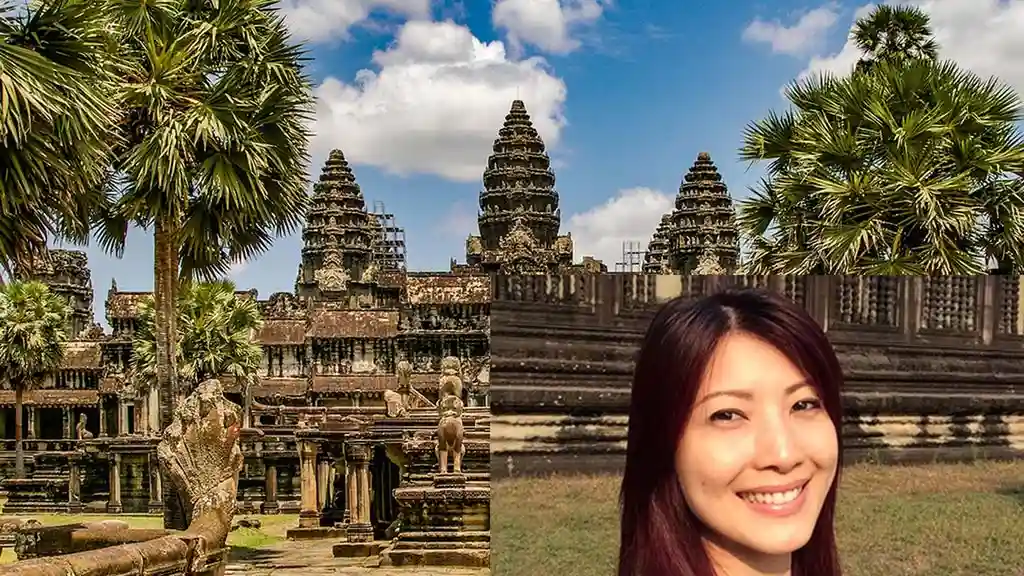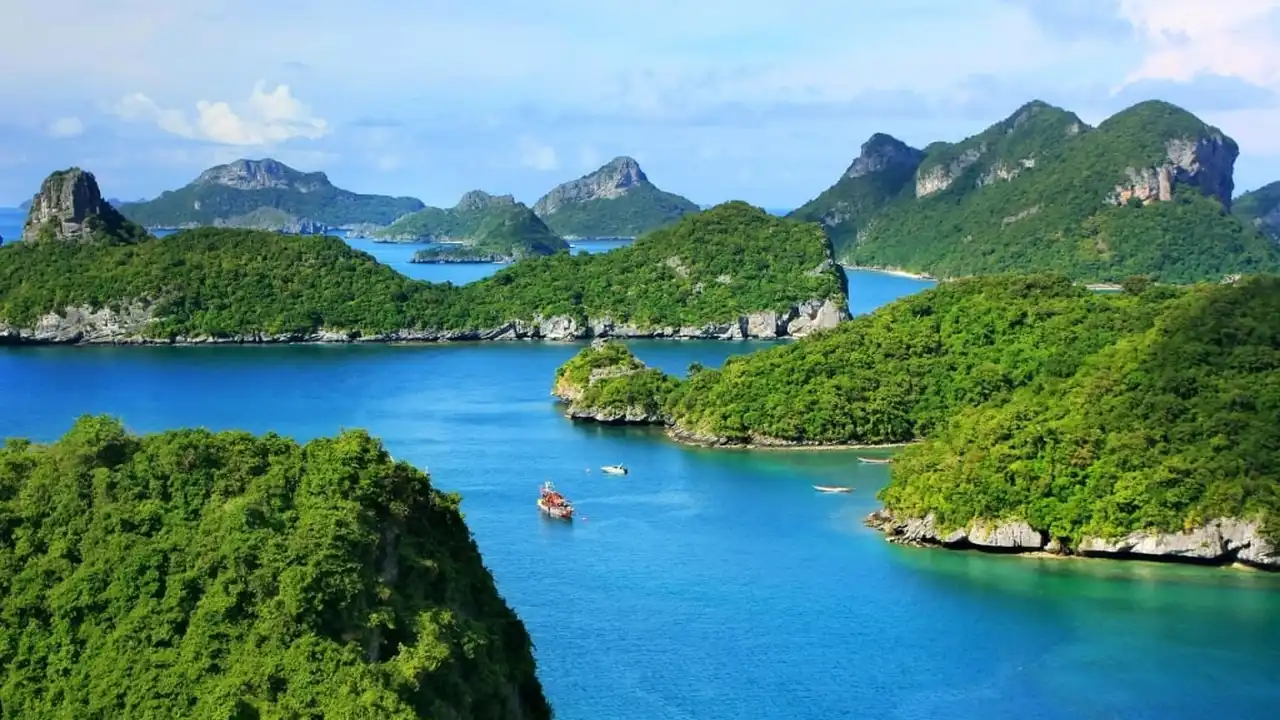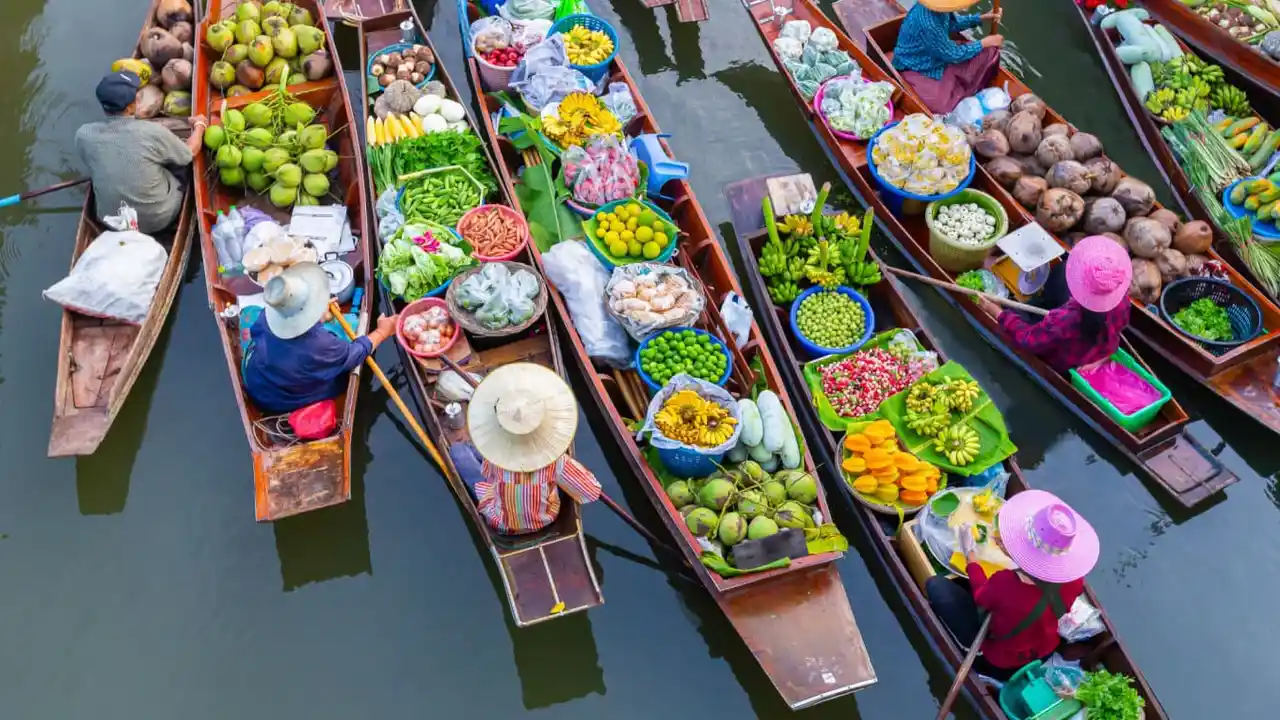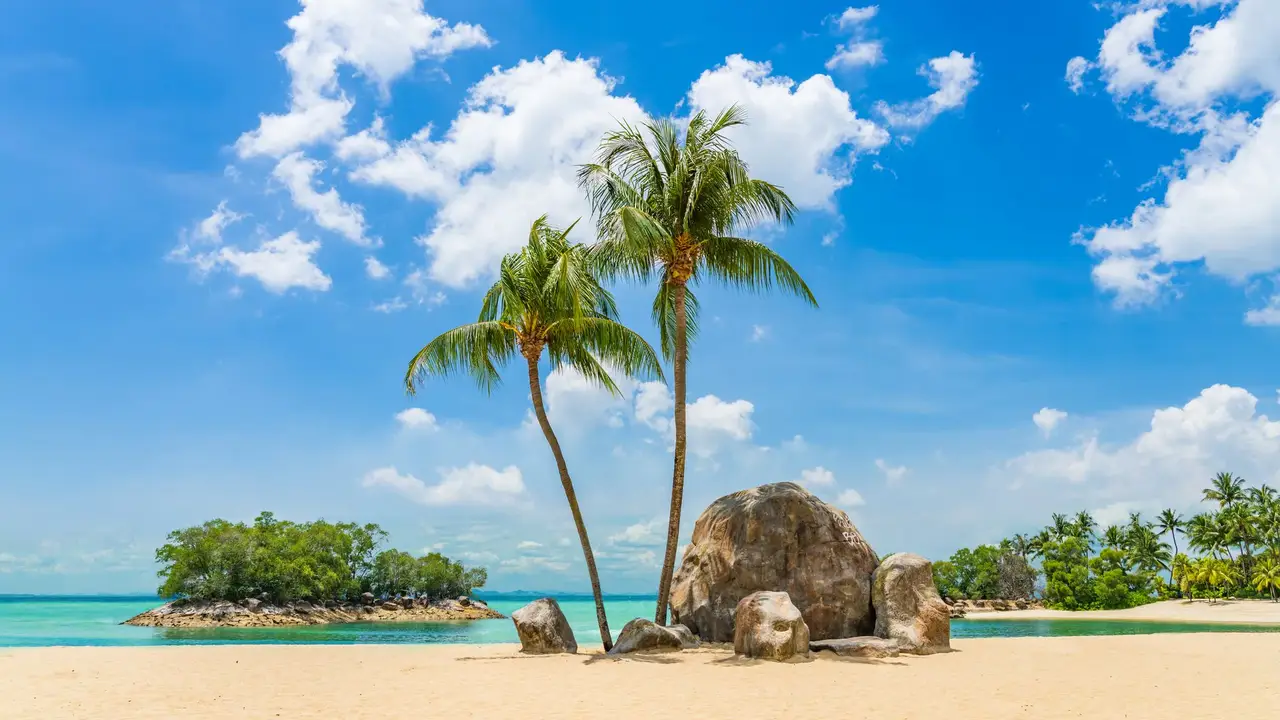Exploring Angkor Wat: A Comprehensive Guide

Angkor Wat History and Significance Exploring Ancient Khmer Civilization
Okay, so you're thinking about Angkor Wat? Awesome choice! This place isn't just a pile of old stones; it's a portal back to the heart of the Khmer empire. Angkor Wat, meaning "Temple City," was built in the 12th century by King Suryavarman II. Originally dedicated to the Hindu god Vishnu, it later transitioned to a Buddhist temple. It's the largest religious monument in the world, a UNESCO World Heritage Site, and, let's be honest, a total bucket-list destination. Think Indiana Jones, but, you know, real.
But before you pack your fedora, let's dive into the history. This massive temple complex represents Mount Meru, the sacred five-peaked mountain of Hindu and Buddhist cosmology. The intricate carvings, the soaring towers, the vast moats – everything was designed to mirror the cosmos. Angkor Wat was a symbol of power, a testament to the ingenuity of the Khmer people, and a place of worship.
Understanding the history adds a whole new layer to your visit. You're not just looking at stones; you're witnessing the remnants of a powerful civilization, a culture that thrived for centuries. So, do a little reading beforehand. Trust me, it'll make the experience that much richer.
Essential Angkor Wat Travel Tips Planning Your Perfect Trip
Alright, let's get practical. Planning your trip to Angkor Wat can be a bit overwhelming, but don't worry, I've got you covered. First things first: when to go? The dry season (November to April) is generally considered the best time to visit, with sunny skies and lower humidity. But be prepared for crowds and higher prices. The wet season (May to October) sees fewer tourists and lush green landscapes, but you'll also encounter rain and higher humidity. I visited in September, and while it rained a bit, the fewer crowds more than made up for it!
Next up: visas. Most nationalities require a visa to enter Cambodia. You can get a visa on arrival at the airport or land borders, or you can apply online beforehand. I highly recommend the online option – it saves you time and hassle at the airport.
Now, let's talk about getting around. Tuk-tuks are the most common and affordable way to travel around Angkor. Negotiate the price beforehand, and don't be afraid to haggle! You can also hire a driver for the day, which is a good option if you want to visit temples further afield. For a more active experience, consider renting a bicycle. Just be prepared for the heat!
Finally, remember to dress respectfully when visiting temples. Cover your shoulders and knees. And stay hydrated! It's hot and humid, so drink plenty of water. A hat and sunscreen are also essential.
Must-See Angkor Wat Temples Exploring the Iconic Structures
Angkor Wat is just one temple in a vast complex. There are dozens of temples to explore, each with its own unique charm and history. But if you're short on time, here are a few must-see temples:
- Angkor Thom: This walled city is home to several impressive temples, including the Bayon and the Baphuon. The Bayon is famous for its massive stone faces, while the Baphuon is a towering pyramid-shaped temple.
- Ta Prohm: This temple is often called the "Tomb Raider" temple because it was featured in the Angelina Jolie movie. It's a jungle temple, overgrown with trees and vines. It's a truly magical place.
- Banteay Srei: This temple is known as the "Citadel of Women" because of its intricate carvings. It's smaller than the other temples, but it's incredibly beautiful.
- Preah Khan: Another large temple complex, Preah Khan is less restored than Angkor Wat, giving it a more raw and adventurous feel.
Don't try to see everything in one day. It's exhausting, and you won't appreciate the temples as much. Spread your visit over a few days, and take your time. And don't forget to watch the sunrise at Angkor Wat – it's an unforgettable experience.
Angkor Wat Photography Tips Capturing the Perfect Shot
Angkor Wat is a photographer's dream. The light, the architecture, the landscapes – it's all incredibly photogenic. But getting the perfect shot requires a little planning. First, think about the time of day. Sunrise and sunset are the golden hours, when the light is soft and warm. But the temples are also beautiful at other times of the day.
Experiment with different angles and perspectives. Don't just take the same photo that everyone else takes. Look for unique details and compositions. Pay attention to the light and shadows. And don't be afraid to get creative!
A wide-angle lens is great for capturing the scale of the temples, while a telephoto lens is useful for zooming in on details. A tripod can be helpful for taking sharp photos in low light. And don't forget to bring extra batteries and memory cards!
Most importantly, be respectful. Don't climb on the temples, and don't disturb the monks or other visitors. And always ask permission before taking someone's photo.
Angkor Wat Accommodation Options Finding the Best Hotel
Siem Reap, the town closest to Angkor Wat, offers a wide range of accommodation options, from budget guesthouses to luxury resorts. Where you stay depends on your budget and your travel style.
For budget travelers, there are plenty of guesthouses and hostels in the town center. These offer basic but comfortable accommodation at affordable prices. For mid-range travelers, there are a number of boutique hotels and resorts that offer more amenities and comfort. And for luxury travelers, there are several high-end resorts that offer world-class service and facilities.
Consider staying near Pub Street if you want to be in the heart of the action. This area is full of restaurants, bars, and shops. But if you prefer a quieter environment, consider staying further away from the town center.
Read reviews before booking your accommodation. This will give you a better idea of what to expect. And book in advance, especially during the peak season.
Angkor Wat Cuisine and Dining Experiences Savoring Cambodian Flavors
Cambodian cuisine is a delicious blend of flavors and influences. From street food to fine dining, Siem Reap offers a wide range of culinary experiences. Don't be afraid to try new things!
Some must-try dishes include Amok (a creamy coconut curry), Lok Lak (stir-fried beef with lime sauce), and Khmer Curry (a milder version of Thai curry). For street food, try Nom Banh Chok (Khmer noodles with fish curry) and Fried Noodles.
There are plenty of restaurants in Siem Reap that offer both Khmer and international cuisine. Pub Street is a good place to find a variety of options. But venture off the beaten path to discover hidden gems.
Take a cooking class to learn how to make your favorite Khmer dishes. This is a great way to immerse yourself in the local culture. And don't forget to try Cambodian beer – it's surprisingly good!
Angkor Wat Souvenirs and Shopping Finding Unique Treasures
Siem Reap is a great place to buy souvenirs and gifts. From silk scarves to wood carvings, there are plenty of unique treasures to be found. But be prepared to bargain!
The Angkor Night Market is a popular place to shop for souvenirs. You can find everything from clothing to handicrafts to jewelry. The Old Market is another good option for souvenirs and local produce.
For high-quality silk products, visit a silk farm. You can learn about the process of silk production and buy beautiful silk scarves, clothing, and accessories.
Be aware of scams and overpriced items. Always negotiate the price before buying anything. And support local artisans by buying directly from them.
Recommended Products for Your Angkor Wat Adventure
To make your trip to Angkor Wat even more enjoyable, here are a few recommended products:
- Sunscreen: The Cambodian sun is intense, so protect your skin with a high SPF sunscreen. I recommend Neutrogena Ultra Sheer Dry-Touch Sunscreen SPF 55 (around $10). It's lightweight, non-greasy, and provides excellent protection. Perfect for all-day wear.
- Insect Repellent: Mosquitoes can be a nuisance, especially during the wet season. OFF! Deep Woods Insect Repellent (around $7) is a reliable choice. It contains DEET, which is effective against mosquitoes and other biting insects. Remember to apply it regularly.
- Comfortable Walking Shoes: You'll be doing a lot of walking, so comfortable shoes are essential. I swear by my Merrell Moab 2 Vent Hiking Shoes (around $100). They're durable, supportive, and breathable, perfect for exploring temples all day long. A cheaper alternative is a pair of comfortable running shoes like the Adidas Duramo SL (around $60).
- Water Filter Bottle: Staying hydrated is crucial, but tap water in Cambodia isn't safe to drink. A water filter bottle like the LifeStraw Go Water Filter Bottle (around $30) allows you to safely drink water from any source. It's a sustainable and eco-friendly option.
- Portable Power Bank: You'll be taking lots of photos and videos, so make sure your phone doesn't run out of battery. A portable power bank like the Anker PowerCore 10000 (around $25) is a lifesaver. It's small, lightweight, and can fully charge your phone several times.
Product Comparison: Sunscreen
Let's compare two popular sunscreens:
* **Neutrogena Ultra Sheer Dry-Touch Sunscreen SPF 55:** Broad spectrum protection, non-greasy, water-resistant. Price: ~$10. Best for daily use and sensitive skin. * **Banana Boat Ultra Sport Sunscreen SPF 50+:** High performance, sweat and water resistant, designed for active lifestyles. Price: ~$8. Best for intense outdoor activities and swimming.Choose based on your activity level. For general sightseeing, Neutrogena is great. For more strenuous activities, Banana Boat might be a better choice.
Product Usage Scenarios: Power Bank
* **Scenario 1: Full-Day Temple Exploration:** Starting early for sunrise and staying until sunset? A power bank is a must. Keep your phone charged for photos, navigation, and communication. * **Scenario 2: Long Tuk-Tuk Rides:** Entertainment during long rides between temples? A power bank ensures your phone doesn't die mid-podcast or music playlist. * **Scenario 3: Photography Enthusiast:** Constantly snapping photos and videos? A power bank will keep your camera or phone powered up for capturing all those unforgettable moments.Angkor Wat Ethical Tourism Supporting Local Communities
Tourism can have both positive and negative impacts on local communities. As a responsible traveler, it's important to support ethical tourism practices. This means choosing tour operators that employ local guides, staying in locally owned guesthouses, and buying souvenirs from local artisans.
Avoid supporting businesses that exploit workers or harm the environment. And be respectful of local customs and traditions. By traveling responsibly, you can help to ensure that tourism benefits the local community.
Consider volunteering for a local organization. There are many organizations in Siem Reap that are working to improve the lives of local people. Volunteering is a great way to give back to the community and make a positive impact.
Remember, your actions can make a difference. By choosing to travel ethically, you can help to create a more sustainable and equitable tourism industry.
:max_bytes(150000):strip_icc()/277019-baked-pork-chops-with-cream-of-mushroom-soup-DDMFS-beauty-4x3-BG-7505-5762b731cf30447d9cbbbbbf387beafa.jpg)






